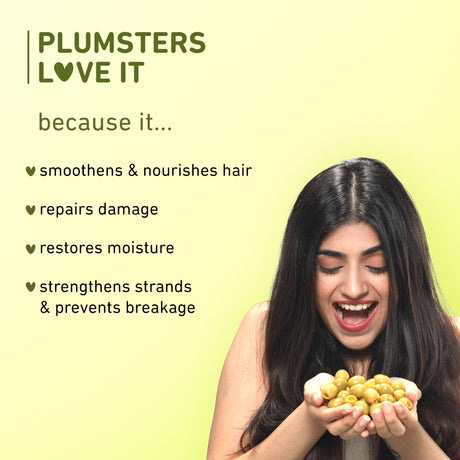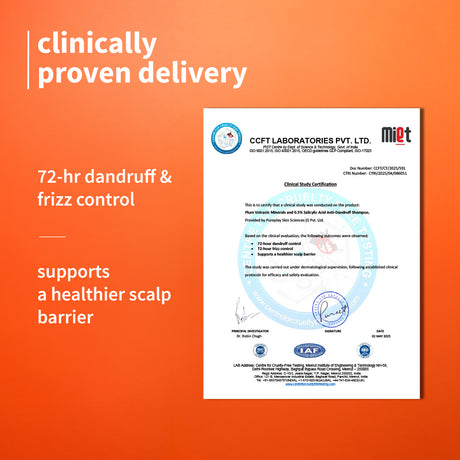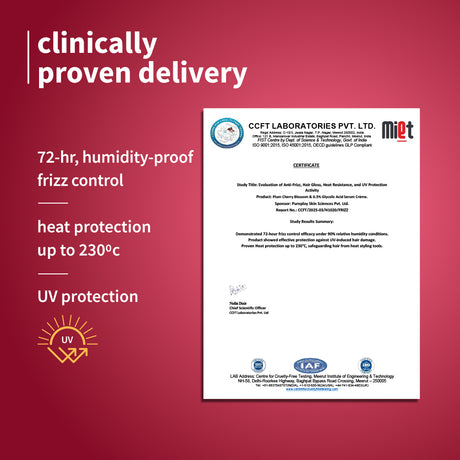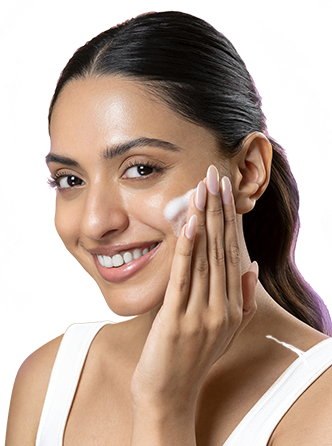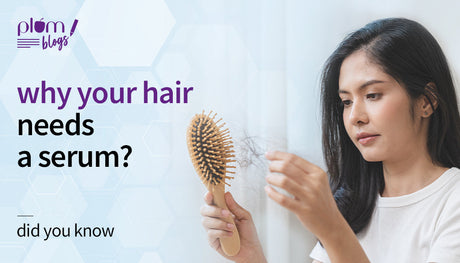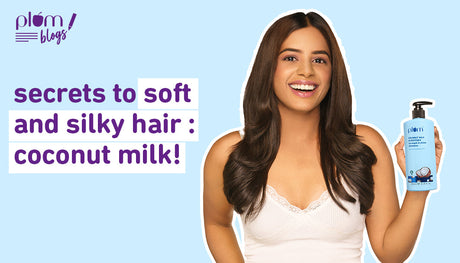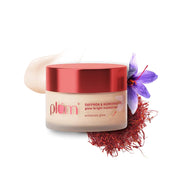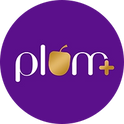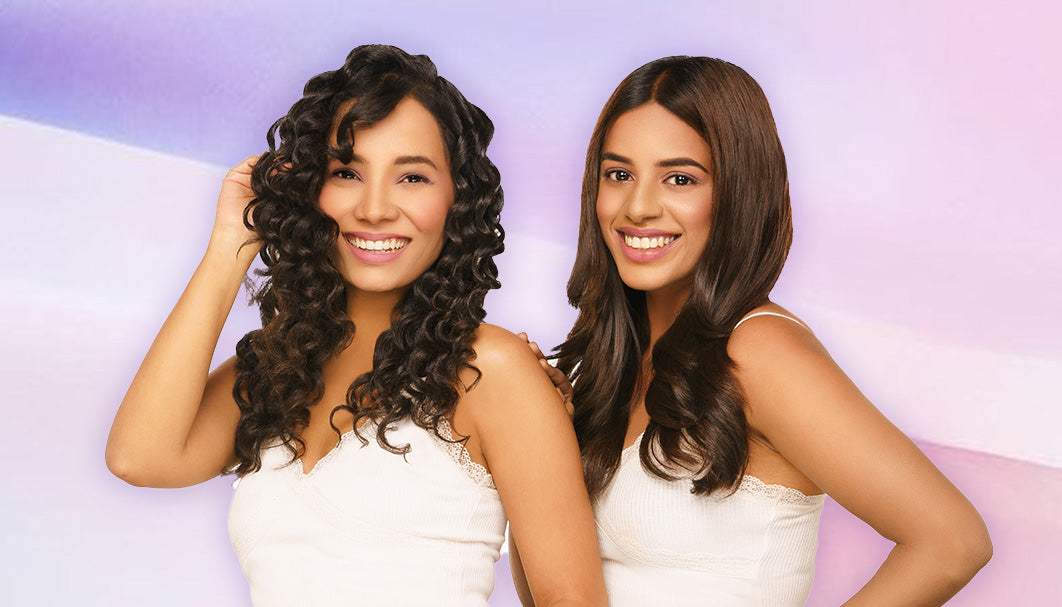
IN THIS ARTICLE
Picture this: You put on your best outfit and makeup, ready for the day, only to be greeted by a tangled mess of frizz, and rough, unruly strands staring back at you in the mirror.
Sound familiar? Believe us, you're not alone.
Unmanageable hair can affect your overall look and unfortunately, your mood as well. But, even though you are surrounded by a plethora of hair products promising you hair like Rapunzel, finding that coveted mane can be an uphill battle.
However, following a proper hair care routine can significantly help. Therefore, here is a personalized guide to the best hair care routine.
Also, find our suggestions for the best shampoos and conditioners and some hair care tips.
The best hair care routine for men & women
There are six basic steps for a haircare routine - Hair oil, exfoliation, cleanse, conditioning, treatment, and style. Let’s look at each of them in detail.
Step 1: Hair oil massage
Oiling is the most crucial step of a hair care routine that can help transform your hair's health and quality when done right! Hair oil massage is an ancient Indian hair care practice that helps strengthen the roots and nourish your hair cuticles, leaving you with thick, long, and healthy hair.
-
Massaging in the oil helps boost the blood circulation in your scalp, preventing hair loss and thinning and facilitating hair growth.
-
It nourishes the scalp and lubricates the hair strands, giving your hair strength, moisture, and growth.
-
It hydrates your scalp, keeping away roughness and flakes.
However, it's crucial to use the right kind of oil. Depending on the weather and your hair type, you can opt for natural oils like coconut, olive, avocado, sesame, onion, etc.
How to use hair oil for deeper penetration in the scalp and hair
Warm a few drops of hair oil on your palms by rubbing it between your fingers for a few seconds. Gently apply it to your scalp and massage it in a circular motion. Leave it in your hair for a few hours before washing it off.
If you have an oily scalp or reside in a humid climate, it is best to leave hair oil only for 30 minutes to avoid clogging your hair follicles that can cause dandruff.
Step 2: Exfoliate
Accumulation of oil and dirt can clog your follicles and cause dandruff, hair fall, and fungal infection. While shampooing helps remove dirt and oil, regular exfoliation helps get rid of accumulated pollution, grime, dead skin cells, and oil from your scalp.
For an oily and dandruff-prone scalp, it is suggested to use a scalp scrub once or twice a month to deep cleanse any accumulated dead skin or debris.
To use a scalp scrub, section your hair into equal parts and then apply the scrub directly to your scalp. Gently massage it with a scalp brush for a few minutes and then wash it off with a mild shampoo.
While choosing a scalp scrub for your hair, ensure it contains moisturizing ingredients and is free from harmful chemicals.
Step 3: Cleanse
Just like your skin, your hair needs effective cleansing too. However, wrong cleansing habits can impact the quality of your hair, causing hair fall, split ends, and hair loss.
Best way to cleanse your hair
For effective cleansing, choose a gentle, mild shampoo that nourishes and fortifies your hair follicles with essential nutrients.
Wet your hair thoroughly, and gently massage a coin-size amount (or more, depending on your hair length) on your scalp with your fingertips or scalp massager for 1-2 minutes.
Spread the same foam on your hair length and wash it off thoroughly with warm water. Repeat if necessary.
Pro tip: Avoid washing your hair daily as it can strip off the natural oils from your scalp and make it dry and rough.
Typically, it is suggested to wash your hair twice or thrice a week, unless you spend a prolonged time under the sun or indulge in sports or any other physical activity, making your scalp and hair sweaty.
It is best to opt for a specific hair shampoo as per your scalp health and needs. For example, if you are dealing with concerns like flakes or dandruff, you must use an anti-dandruff shampoo, preferably infused with salicylic acid to reduce the flakiness.
Step 4: Condition
Irrespective of whether you are looking for a hair care routine for women or men, the usage of hair conditioners is a must.
Conditioners help replenish moisture in your hair and enhance manageability. It also helps seal the moisture in your hair strands, preventing concerns like split ends, frizz, and dryness, making your hair more manageable and smooth.
After cleaning your hair, apply a nourishing conditioner evenly to your hair lengths, leave for 2 minutes, and wash off thoroughly. Focus on the mid-lengths and ends, avoiding the roots.
Opt for a weekly hair mask for deep conditioning for dry, damaged, and rough hair. A hair mask penetrates deeper into your hair strands, nourishing them from within.
Step 5: Treat
For specific hair concerns like dandruff and damaged and chemically treated hair, you can include hair treatments in your routine. For flaking and dandruff, a dandruff serum can help.
Similarly, if you have chemically-treated or damaged hair, you can opt for bond treatments that soften and smoothen your hair strands and often reverse the damage.
However, it is suggested to understand your concern and seek a dermatologist before opting for any treatments.
Step 6: Style
The last step to achieving that beautiful mane is effectively styling your hair.
Air drying your hair is the best way to maintain the health of your hair. Using a hair dryer or blow-drying tools regularly can damage the hair cuticle, making it limp, dull, and brittle.
After towel drying your hair, use a hair serum to retain moisture in your hair shafts, preventing frizz and flyaways. Focus on the hair tips to prevent split ends and use them after every wash or whenever you want to style your hair.
If you have wavy or excessively frizzy hair, opt for an anti-frizz hair serum to control your flyaways and frizz.
Hair care tips

Following a proper hair care routine is not enough, as good hair care habits are crucial too.
Here are some hair care tips that you can follow to get beautiful, long hair.
1. Gentle brushing and detangling
Always use a wide-tooth comb while removing hair knots and tangles to avoid breakage and weakened roots. It is best to start from the bottom and work your way up.
Moreover, avoid brushing and combing your hair too many times a day. While brushing helps stimulate blood circulation to the scalp, excessive brushing can weaken your roots.
2. Minimize heat styling
Heat styling tools can be harsh on your hair.
Therefore, minimize their usage and keep them at the lowest temperature settings.
Moreover, always use a heat-protectant serum on your strands to shield them from heat damage.
3. Regular trimming
Contrary to a popular misconception, regular trimming does not boost hair growth; instead, it helps maintain the health of your hair.
Trimming your hair removes split and rough ends that can travel up the hair shaft, causing breakage and hair damage. It is suggested to trim your hair every 4-8 weeks.
4. Cold water rinse
While warm water is best for a shower, experts recommend using cold water as your last rinse. Shampooing your hair with hot water opens your hair cuticles, making it susceptible to dry and split ends.
Rinsing your hair with cold water at the end helps close the hair cuticles, retaining the hair's luster and shine naturally.
5. Follow a balanced lifestyle
Your hair care routine alone cannot promise voluminous, healthy hair. Your lifestyle and diet have a significant role to play, too. Here are some tips that can help.
-
Avoid smoking and drinking to prevent balding, hair loss, and premature greying.
-
Have a balanced diet rich in nutrients and vitamins. Opt for a specific diet for healthy hair comprising foods rich in protein, iron, and vitamins B, C, and E.
-
Drink adequate water to maintain the hydration level in your body which reflects in the health and shine of your hair.
-
Chronic stress can impact hair health. Practice relaxation techniques like yoga or meditation to manage stress levels.
6. Find your hairstyles
How you style your hair affects your hair health and quality significantly. Here are some aspects you must consider while styling your hair.
- Avoid tying your hair in a ponytail or a tight bun for a prolonged duration as it can cause hair loss in the hairline, balding, receding hairline, and even traction alopecia.
- Instead, give your hair a break from tight hairstyles and accessories, preventing strain on your hair.
- Opt for a loose braid while sleeping. Y
- You should avoid sleeping with wet hair as it can cause dandruff and fungal infections on the scalp.
- Do not brush your hair when wet or use a hair tie on it.
- Always wear a cap or scarf in the sun to prevent sun damage.
- Switch elastic rubber bands with satin or silk scrunchies to minimize hair breakage and hair fall.
- Satin or silk pillowcases and microfibre towels are also useful tools to retain the health of your hair and prevent breakage.
Whether you are looking for a hair care routine for women or men, the use of high-quality hair care products is non-negotiable.
Here are some options for the best shampoos and conditioners for you to choose from.
FAQs
Q 1. How often should I wash my hair?
Typically, washing your hair 2-3 times a week is sufficient. However, it also depends on your hair type and lifestyle.
Q 2. Is it okay to use hot water while washing my hair?
No, you must not use hot water to wash your hair. Hot water can strip your hair of natural oils and damage the hair cuticle. Opt for lukewarm or cool water for washing.
Q 3. What is a proper hair care routine?
A basic hair care routine should include hair oiling, cleansing, and hair conditioning. However, opting for hair masks, hair treatments, and serums is equally crucial to achieving healthy hair.






